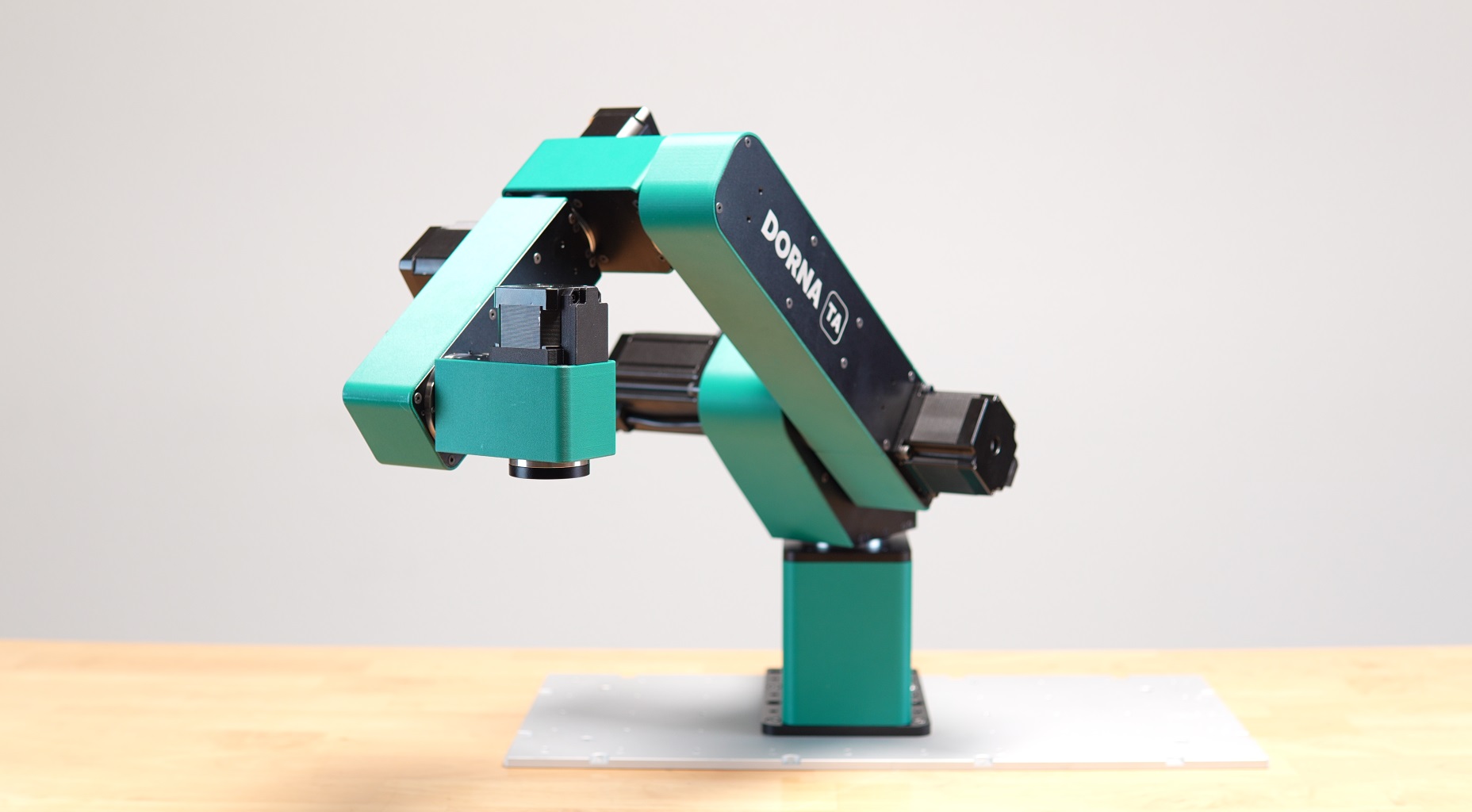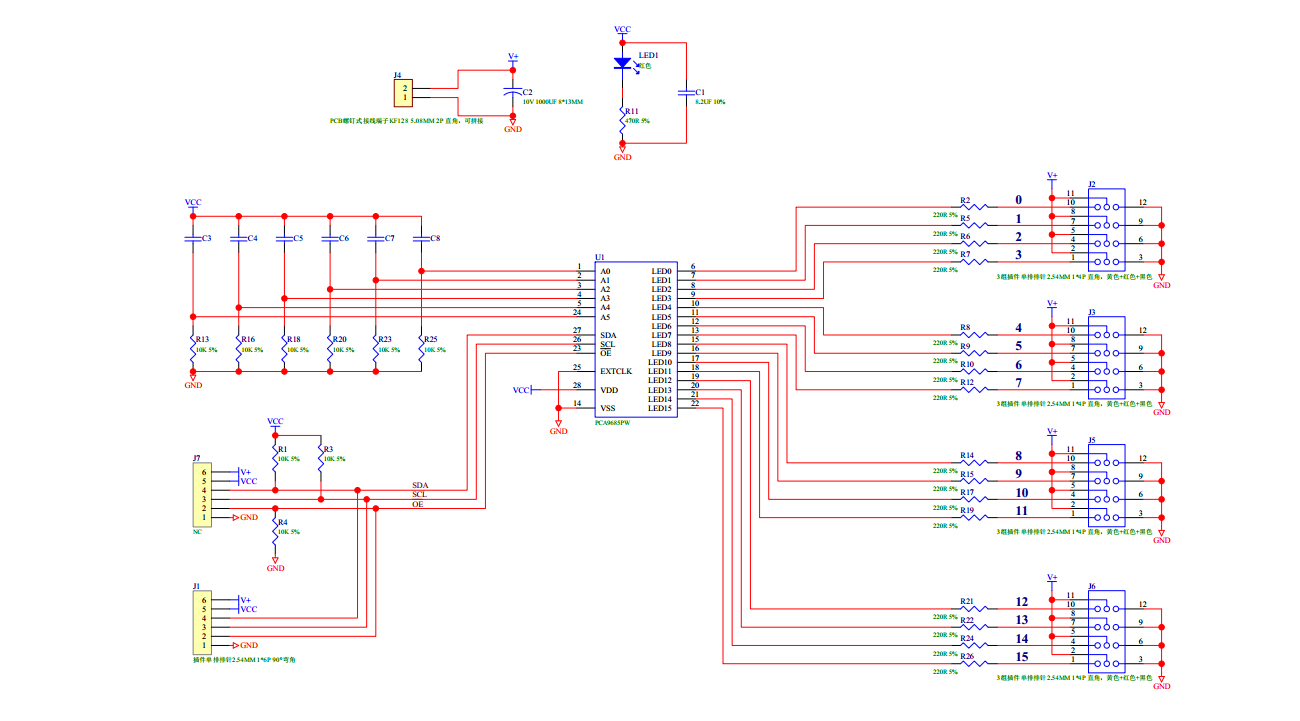Cyberarm
An Cyberpunk themed AI powered robotic arm with different hot-swapped toolheads.
Created by
![]() NotARoomba 🚀
NotARoomba 🚀
36 views
1 follower
Timeline
![]() NotARoomba 🚀
added to the journal ago
NotARoomba 🚀
added to the journal ago
Moved to Onshape
After finally coming back to this project, I was getting confused by using Inventor so I wanted to try Onshape after John Cohn recommended it lol.
I found it wayy more intuitive and also found the option to parametrically set the dimensions

So I spent a few hours redoing the base and adding an inset for the ball bearing.

After that I started to look on aliexpress for the flanged shafts and ball bearings as JLCMC was limited in its selection and found one with a 6.35mm hole for the stepper shaft and copied it into onshape (parametrically)

I found the same ball bearing I was using on aliexpress and imported it using a plugin on Onshape.
After gimmicking around I got this:

Now I am planning on making the base of the arm that will rest on the ball bearing and connect to the flanged shaft.
I am going to open a hole on the side probably to add in the pancake ring connectors just above the ball bearing for the next component.
![]() NotARoomba 🚀
added to the journal ago
NotARoomba 🚀
added to the journal ago
Design Base-ish
So I'm designing the lid and am learning how to place screw holes in inventor, now comes the part that holds the rest of the arm so I am looking at "flanged shaft couplers" on JLCMC to see which one with which specs I can add.

I found this but it appears theres a better one? (It also doesnt have the right diameters I need)

Although this is fine, I plan on having this support alot of weight, so it needs to be durable and having the shaft as a through-hole, concerned me a bit, so I decided to research some more and found this.

CXKG-1-D25-d6.35-e6.35
The D25 for the total diameter eg 25 mm, d and e the inner diameter(s?) so those should be the size of the shaft of the stepper which is 1/4" (6.35mm RAAAAA METRIC).
I then had the thought that I had made sure that the motor can spin horizontally but I wasn't taking into account the force that would be pushing down on it.

As I originally planned on the shaft coupler to be sitting directly on top of the motor, I soon found out that that force (axial load) can damage the stepper motor so then I would need whats called a "thrust bearing". Basically this bearing holds the weight of whatever's above the motor so that force gets transfered to the case and not the motor itself. (https://jlcmc.com/product/s/C15/BCTX/thrust-ball-bearing)


Based on these 2 images I would need to have a thrust bearing thats bigger than 40mm and less than 47.8mm so I am going to use the 47mm just to account for the inner width of the ball bearing case.
(BCTX-51205)
Change of plans, after seeing how tall the bearing was, I didn't have enough space to access the shaft and also the shaft coupler was too big so I am going to use BCTX-51103.
After adding it in I had this:

But I don't like that the shaft coupler is so tall (and I'm probably using the wrong one). So now I'm gonna take a break and look for more flanged shaft coupler parts later :sob:
![]() NotARoomba 🚀
added to the journal ago
NotARoomba 🚀
added to the journal ago
More Planning/Research
I have been researching a bit more and I have found a design that I like.

Aside from that I was going down a rabbit hole of learning about stepper vs servo motors, their pros and cons, and how to control each of them. From my research stepper motors are better BUT, they dont have absolute positioning eg they only function off of angles relative to their last position but this can be remediated with something called a closed loop stepper motor. (https://www.omc-stepperonline.com/search/nema?category_id=407&sort=p.price&order=ASC). It basically allows the motor to know if its planned rotation wasn't going as planned and allows the software to detect it.
So then I plan on using stepper motors instead of servos and will have to modify the board accordingly. I also was planning on how big each servo motor would be and for the base I plan on using a NEMA 23 motor size for the base and attaching it directly (no gear system/pulley) then I plan on using another NEMA 23 (based off of the image although it might be a NEMA 17) for the first joint, a NEMA 17 (or 23) for the second joint (this time it does look like it uses a pulley system) and finally 3 other NEMA 14's.
I started working on a rounded base in Inventor (first time using it lol) and also started thinking about how the pancake slip rings would work. I plan on them being on the bottom of the first segment that connects on the base, and then protruding from the base I will have some pogo pins or smth like that that will be in contact with the slip ring. I just need to plan accordingly for how many rings in the circle I will need and make sure that the trace width supports the amperage (if that even is a problem lol, but I assume it is).

![]() NotARoomba 🚀
added to the journal ago
NotARoomba 🚀
added to the journal ago
Planning
I want this arm to have a base that rotates on one axis, then a joint where it can rotate on 2 axis, then another joint where it can rotate on another 3 axis, and finally the toolhead where it has another 3 axis (maybe just one???). In total this adds up to a robot that has 9 degrees of freedom which is insane and also pretty cool considering that it isn't just limited to just one configuration.
(IDK kinematics but I've always wanted to learn so yea...)
Also as this being my first "major" hardware project involving CAD, I will be using (learning how to use) Inventor to create most of the design. It will be 3D printed and painted Cyberpunk-y but also if the money allows it, in the future I would use metal as the main material.
I plan on this arm being lightweight and also capable of moving objects and maybe even itself. Also battery powered and leverage Power Delivery from USB-C.
I also want this robot to be able to talk and also be able to listen so will need to add a speaker and microphone and use an MCU that has internet support. Also would like it to be able to connect to an external camera for it to be able to "see" it's surroundings and allow it to move wherever I pit my hand.
I'll first start off by researching chips/modules that allow for speech recognition and also for camera input. I would only need 2 cameras for this because I would use one camera for X/Y and another for X/Z.
Board specs:
- ESP32-S3-WROOM-1: Has WiFi + Bluetooth and also works for speech recognition
- BQ24170/2 or BQ25713: Multi cell Li-ion/LiPo battery charging
- TPS25751DREFR: USB-C Power Delivery
- ICS-43434: Microphone
- MAX98357: Speaker
- PCA9685: motor control

- MG996R: Servos, might need 6-9
After researching a bit more, I will just keep the speaker and microphone on the board and have the cameras connected to my computer using a web server or something. The board should be in charge of doing everything including interfacing with the tool head modules. I plan on the arms being attached modularly through a snapping mechanism that's easy to take apart, the same for the tool head.
Here is a sketch of what I have in mind:

I saw somewhere that to fix the problem of spinning circuits, they made a PCB "ring" where the no matter the rotation, it will always be connected. Further research shows that these are called "pancake slip rings". THey will supply 5V, 3V3, and also an SPI/I2C channel to communicate with the tool hand. In the future I am also planning on having one section dedicated as a hardware ID so that it can automatically determine what module is connected (maybe through hardware bit flags???).
![]() NotARoomba 🚀
started Cyberarm ago
NotARoomba 🚀
started Cyberarm ago